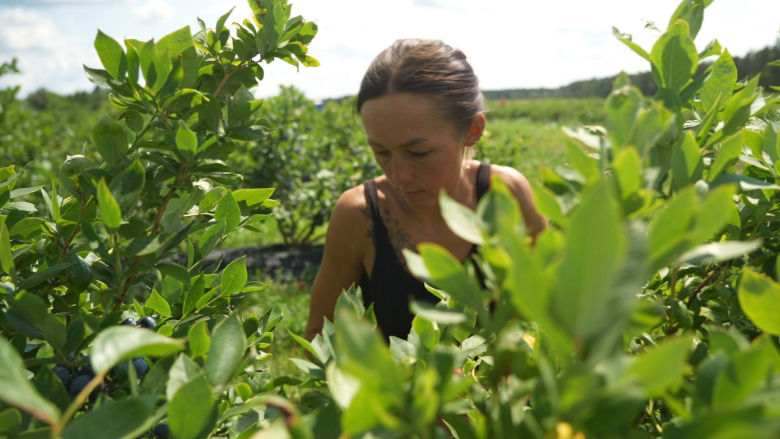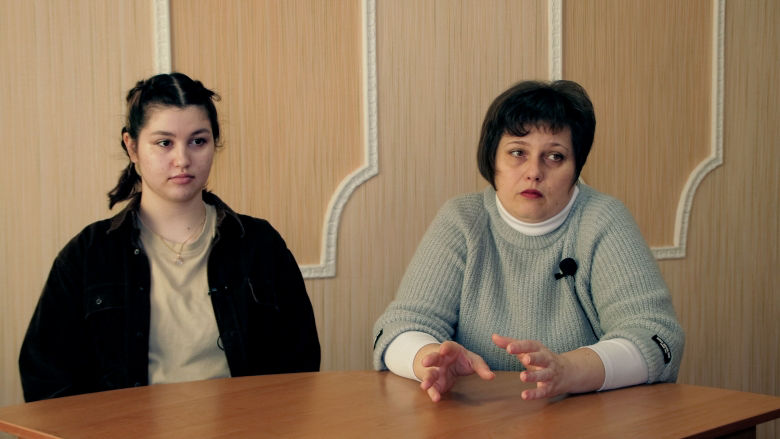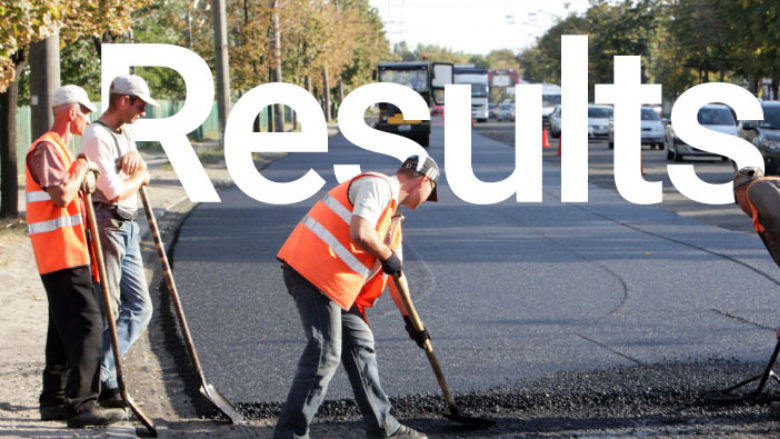Donor Support
Donor contributions channeled through Bank projects are helping to sustain public services, repair infrastructure, and support agriculture.
These commitments and pledges leverage innovative instruments, such as IBRD and IDA loans, IBRD loans guaranteed by partners, donor grants and equity, IFC blended finance and MIGA guarantees.
The World Bank Group’s Role
The World Bank Group is uniquely positioned to help rebuild Ukraine as it brings strong oversight practices and expertise in reconstruction, particularly in agriculture, energy, infrastructure/transport and social sectors, as well as global experience in supporting development-oriented reforms.
We have expanded existing projects, established multi-donor trust funds, and channeled guarantees and parallel financing from donor countries. We routinely monitor our Ukraine portfolio for evidence of fraud and corruption and have robust mechanisms in place to swiftly deal with any reports of irregularities.
We primarily work in areas where other organizations are not present, such as in Ukraine’s social sectors, including health, social protection, and education. We collaborate with bilateral and other multilateral development banks including the IMF and EU (on reforms), EBRD and EIB (on investment). We are harmonizing procurement practices in Ukraine with other MDBs.
With support from a dedicated group of Ukraine’s partners, we are supporting the needs of 20 million Ukrainians.
The World Bank Group (IBRD, IFC, and MIGA) is working with the Ukrainian government and partners to identify opportunities for private financing of Ukraine’s reconstruction. Reforms that prepare Ukraine to rebuild and improve the investment climate are critical. The government has asked the World Bank Group for advice on reforms and investments to prepare the country for EU accession (many of which have been included in the “Ukraine Plan” with the EU).
World Bank
PEACE Project. Donor support has been channeled through the World Bank’s Public Expenditures for Administrative Capacity Enhancement (PEACE) project to help Ukraine’s government meet urgent needs and maintain public services. PEACE has helped the government continue to function by providing budgetary support and sustaining its capacity to deliver essential public services. Our support for Ukraine includes additional protections and oversight measures, including audits, to make sure financing reaches its intended recipients. For example, the PEACE Project retroactively funds basic, eligible expenditures only after a verification process confirms payments have gone to the intended beneficiaries. After the government pays its civil servants, teachers, and other emergency workers, we verify the payments and then reimburse the government. This helps to ensure the money is going to the intended recipients.
This support has reached 15 million Ukrainians providing wages for government and school employees, pensions for the elderly, salaries for public servants, and funding social programs for the vulnerable.
The World Bank also launched framework projects to respond to priority needs, support recovery and build capacity for reconstruction in health, energy, transport, housing, agriculture and education. These emergency operations mobilize partner resources through an innovative and flexible design that allows funds to be disbursed quickly, scaled as necessary, and able to absorb additional financing. The projects include appropriate fiduciary, environmental and social safeguards. IBRD funding is secured through bilateral guarantees provided by development partners.
The Bank is also supporting development policy and investment operations needed to strengthen the country’s economic policy framework and enhance its macro-financial stability as well as provide urgent relief to households, support reforms of public resources expenditures and help markets function better.
IFC
With enabling reforms, the private sector can cover 1/3 of reconstruction needs and remains key to economic resilience. IFC, with its focus on the private sector, has stood by Ukraine since the first day of the invasion and continues to provide support. Initially focused on short-term support such as guarantees and liquidity, IFC has shifted toward longer-term financing, including capital investment in areas, such as food production, telecom, technology, construction, and energy. We are leveraging our advisory services and financing to support key sectors, including energy, transport and logistics, housing, agribusiness, and financial institutions, to ensure comprehensive support for Ukraine's private sector. Since February 2022, IFC has delivered $2.2 billion to support Ukraine's private sector, including $760 million mobilized, as part of its Economic Resilience Action program. Concessional finance from partners continues to be critical to derisking and scaling private sector investments. Development partners also continue to fund IFC’s advisory and upstream (pre-investment) programs in Ukraine – supporting private sector resilience, conducting sector analysis, and building capacity for reconstruction.
MIGA
Since Russia’s invasion, MIGA has issued six guarantees in Ukraine. MIGA also established the SURE Trust Fund to help deploy a two-fold strategy in the country: (a) enable private investment by providing guarantees – political risk insurance (PRI), trade finance guarantees, and credit enhancement – to investors and lenders; (b) ensure that projects are implemented in accordance with global best practices on integrity, environmental, social, and climate standards.
Amid limited availability of private reinsurance, the SURE Trust Fund enables MIGA’s guarantee issuance in Ukraine by sharing up to 75% of the risk. In the immediate term, MIGA is providing guarantees to support trade in essential goods, continued bank lending to firms including SMEs, as well real sector projects that have clear demonstration effects. Once peace returns, MIGA expects to use the reinsurance market to provide PRI guarantees for real sector projects at scale.
URTF
To swiftly mobilize efforts for reconstruction, the World Bank has established the Ukraine Relief, Recovery, Reconstruction and Reform Trust Fund (URTF), a multi-donor fund to channel grant contributions from donor partners.The URTF’s objectives are to help sustain the country’s administrative and service delivery capacity, conduct relief efforts, as well as to support the planning and implementation of Ukraine’s recovery, resilient reconstruction, and reform agenda.
The URTF supports the World Bank’s Framework Projects and ensures that the Ukrainian authorities can quickly and effectively utilize these critical investments and leverage the multiple sources of financing efficiently and at scale.
Partners
Donor governments: Austria, Belgium, Canada, Denmark, Finland, Germany, Italy, Japan, Latvia, Lithuania, Iceland, Indonesia, Ireland, the Netherlands, Norway, the Republic of Korea, Sweden, Switzerland, Spain, the United Kingdom, and the United States.
IFIs: EIB, EBRD, EC, IMF, CEB
Last Updated: Jun 09, 2025






